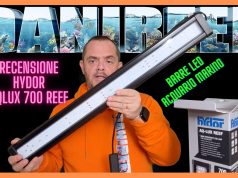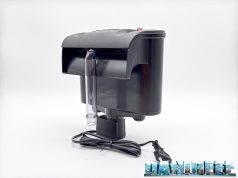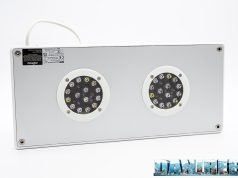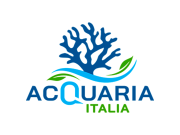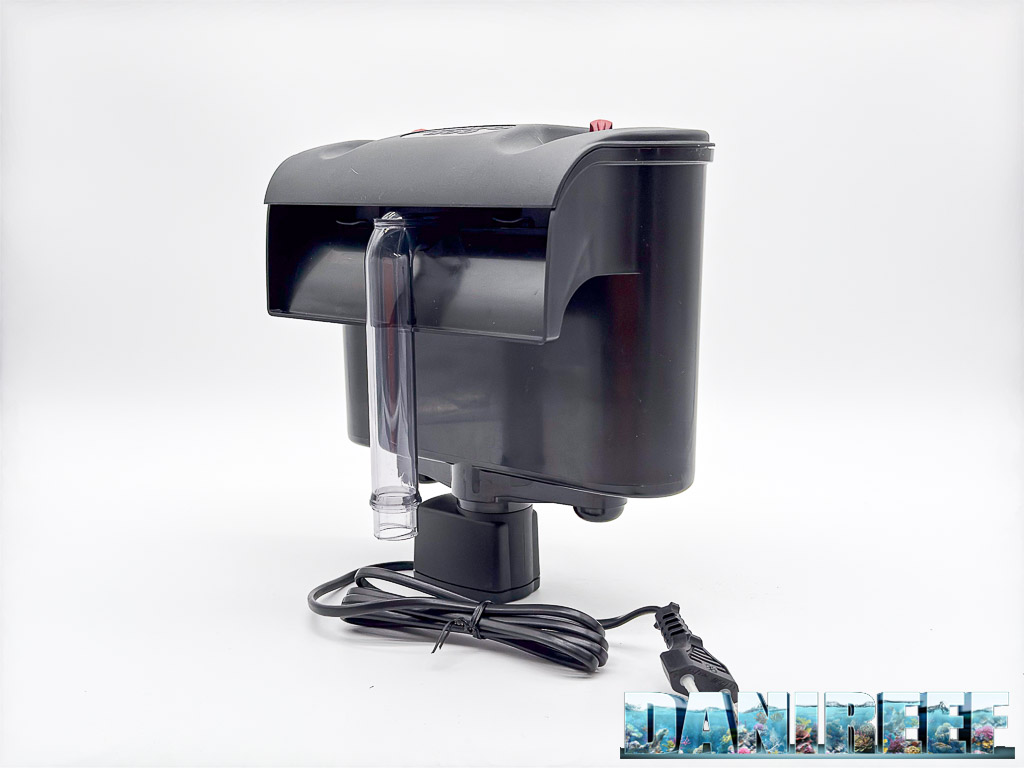
Bravo is the new series of hanging filters from Hydor, available in two models, Bravo 200 and Bravo 300, which differ in filtering capacity and water flow rate. Let’s explore them in our review.
This article is also available in: Italiano
The Hydor Bravo external filter is technically a “waterfall” filter that hangs on the sides of aquariums, ideal for small and medium-sized tanks. This is a comprehensive biological filter, containing mechanical, biological, and chemical filtration components. Since it’s a hanging filter, it also increases the water volume in the aquarium, providing significant benefits for the entire system. The waterfall effect enhances oxygenation in the tank.
Its primary use is for freshwater aquariums, but even a marine aquarium, under certain conditions, can benefit from it. The filter can be used on its own as the sole filtration unit in a complete system or as a supplement to an existing filter, enhancing and improving filtering capacity.
Waterfall Filter Bravo Video
As usual, we start our review with our video of the hanging waterfall filter, where you can see the unboxing of both the Bravo 200 and Bravo 300 models and an explanation of the filter itself. The video is dubbed in English, I hope you like it! And you can add subtitles too.
Technical Specifications for the Bravo Filter
| Hydor Bravo 200 | Hydor Bravo 300 | |
| Flow Rate | 750 l/h | 1.050 l/h |
| Power Consumption | 8 watts | 8 watts |
| Recommended Tank Size | 60-120 liters | 100-200 liters |
| Filter Volume | 500 ml | 1000 ml |
| Price | 49,95 euro | 63 euro |
| Cost per 1 liter of filtering capacity | 99,90 euro | 63 euro |
The structure is made of durable plastic, designed to resist corrosion from water contact. The flow rate can be adjusted through a convenient potentiometer on the top, with two available for the Bravo 300.
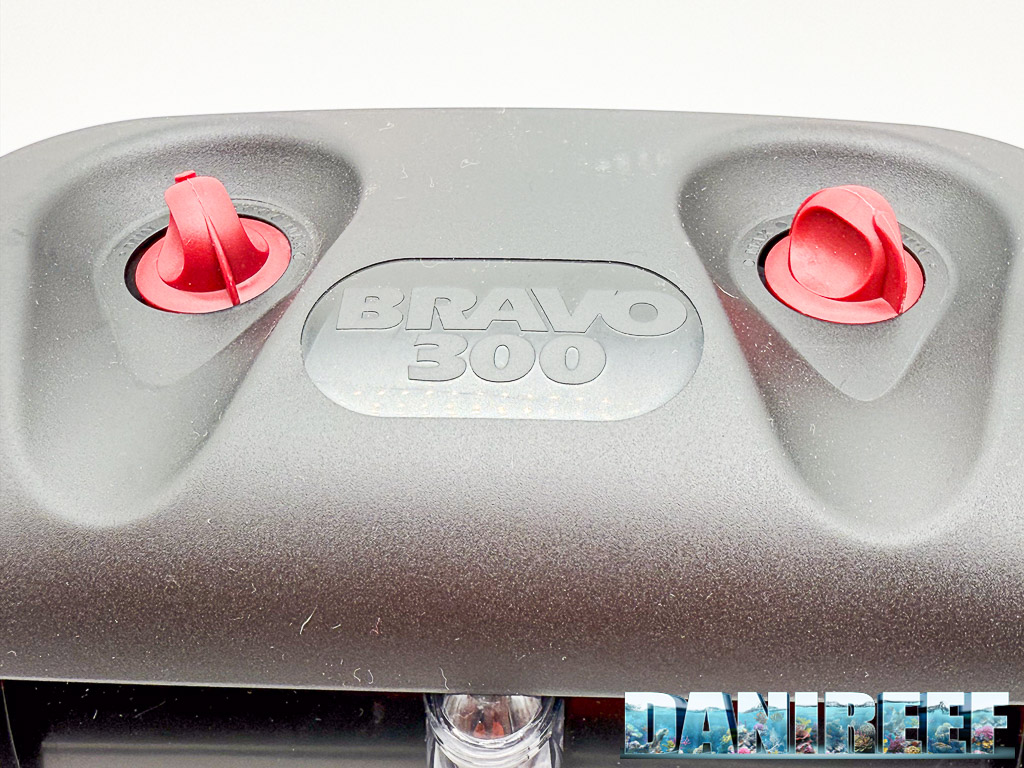
Additionally, there is a practical cage that can hold extra filter media as needed, as shown in the image below. For example, you could add more biological substrate or activated carbon.
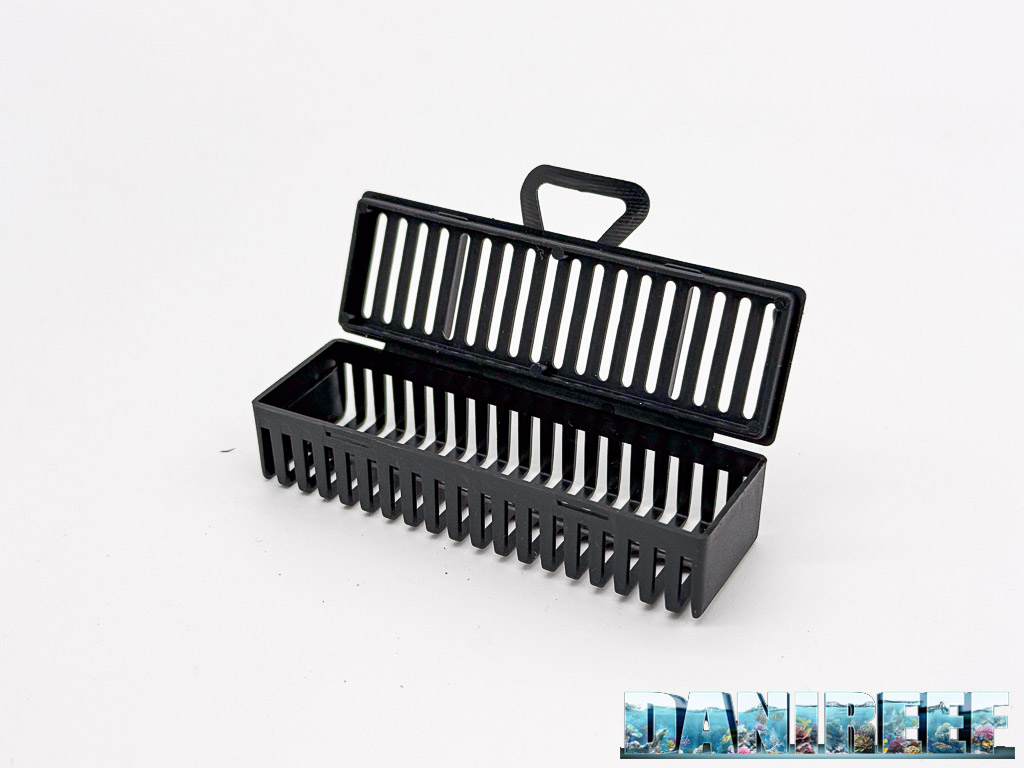
Filtration Stages
As mentioned, the Bravo filters combine three types of filtration. The Bravo 300, of course, has double the filter volume compared to the Bravo 200, with 1,000 ml versus 500 ml. The versatility of this filter lies in the fact that biological and chemical filtration can be adjusted to meet individual needs with ease. Simply load it with bags of bacterial substrate (such as bio rings) to turn it into a biological filtration powerhouse.
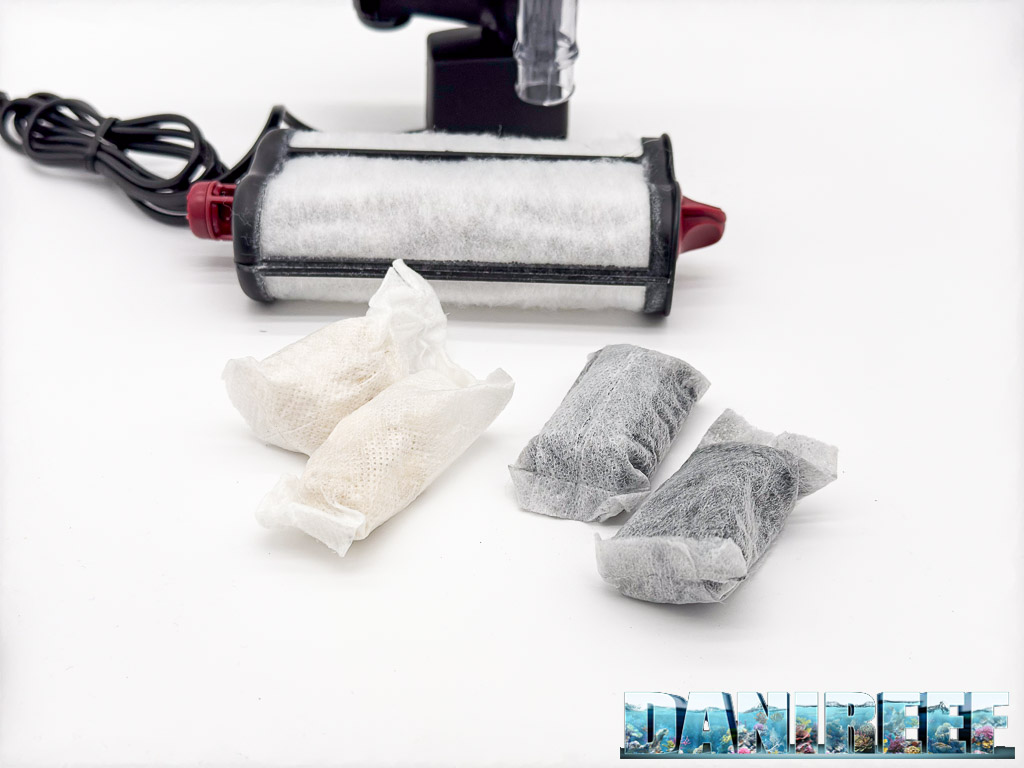
Mechanical Filtration comes from the outer part of the filter media container, which can be easily removed for cleaning. The wool surrounding the filter effectively traps visible debris.
Chemical Filtration includes two bags of activated carbon with the Bravo 200 and four with the Bravo 300. Activated carbon is useful for removing odors, chemical impurities, and medication residues. As with all activated carbon, bags should be replaced monthly to maintain effectiveness.
Biological Filtration includes two (or four) bags loaded with bacterial substrate, in this case, bio rings, which encourage the growth of nitrifying bacteria essential for a stable aquatic ecosystem.
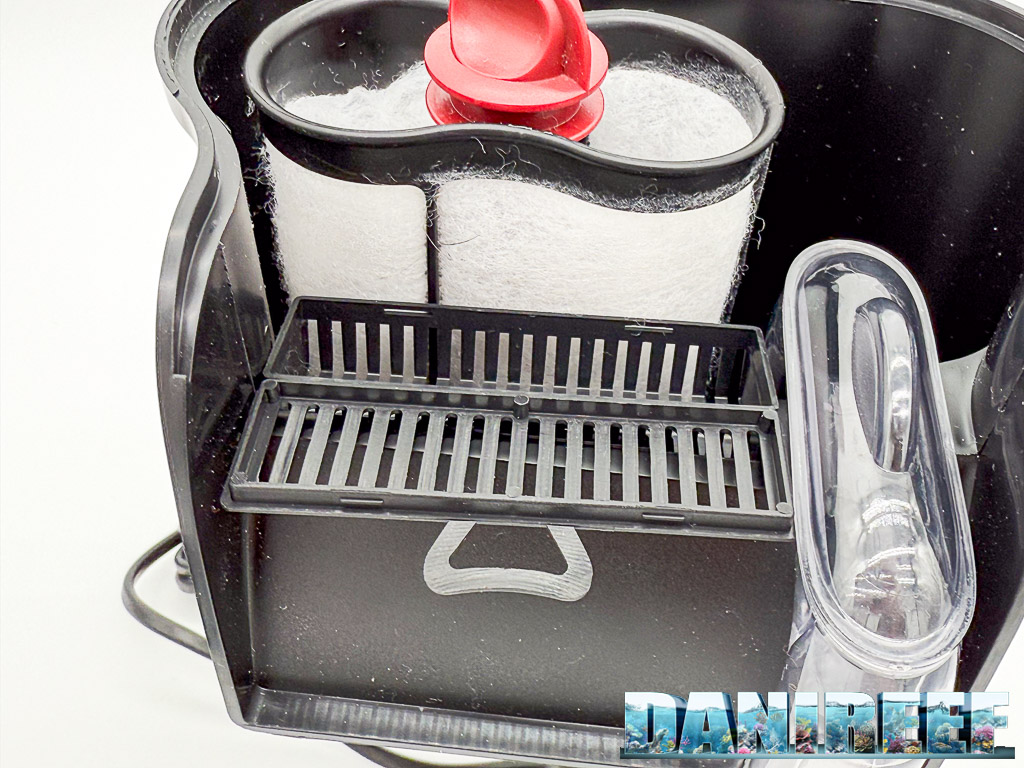
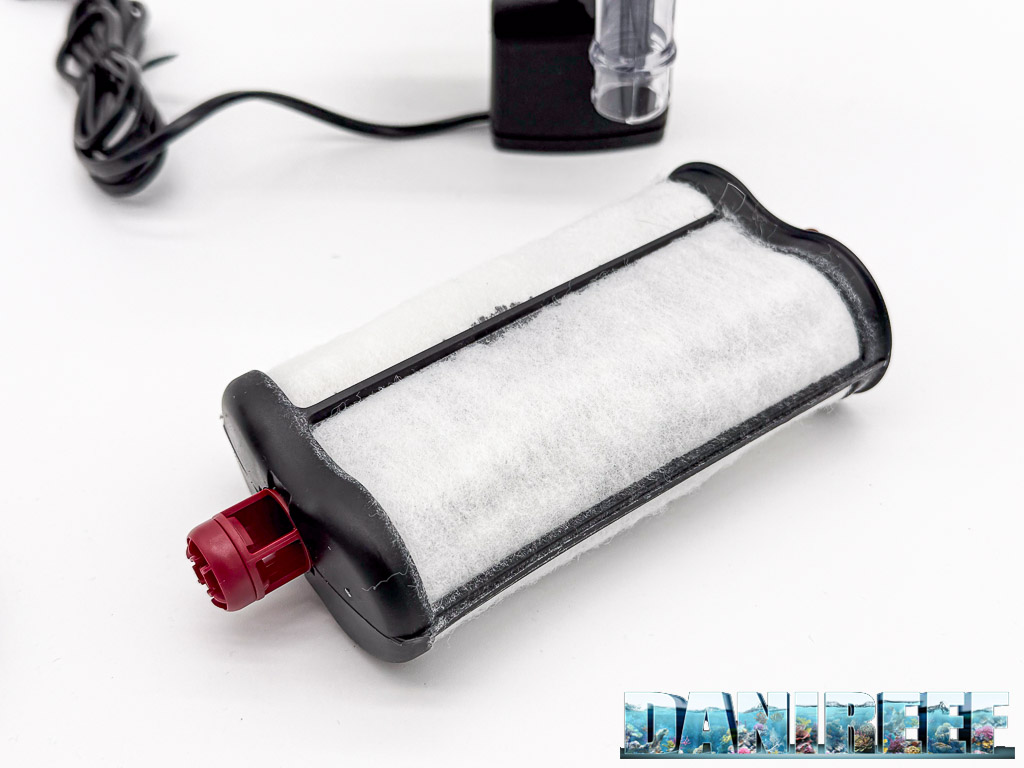
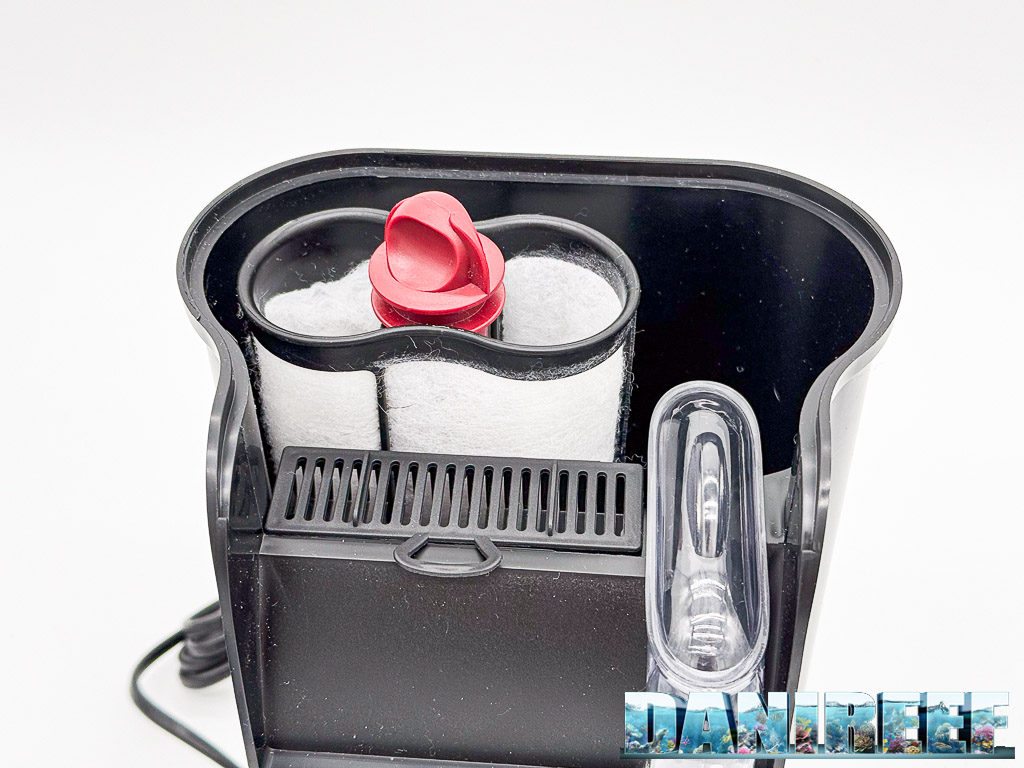
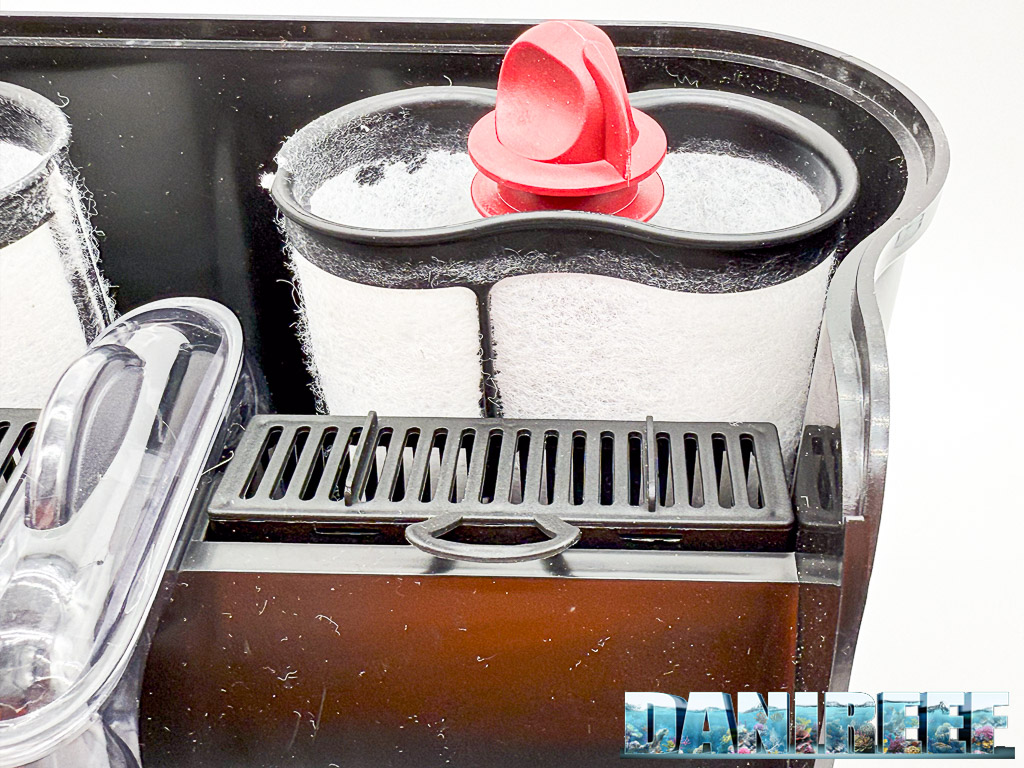
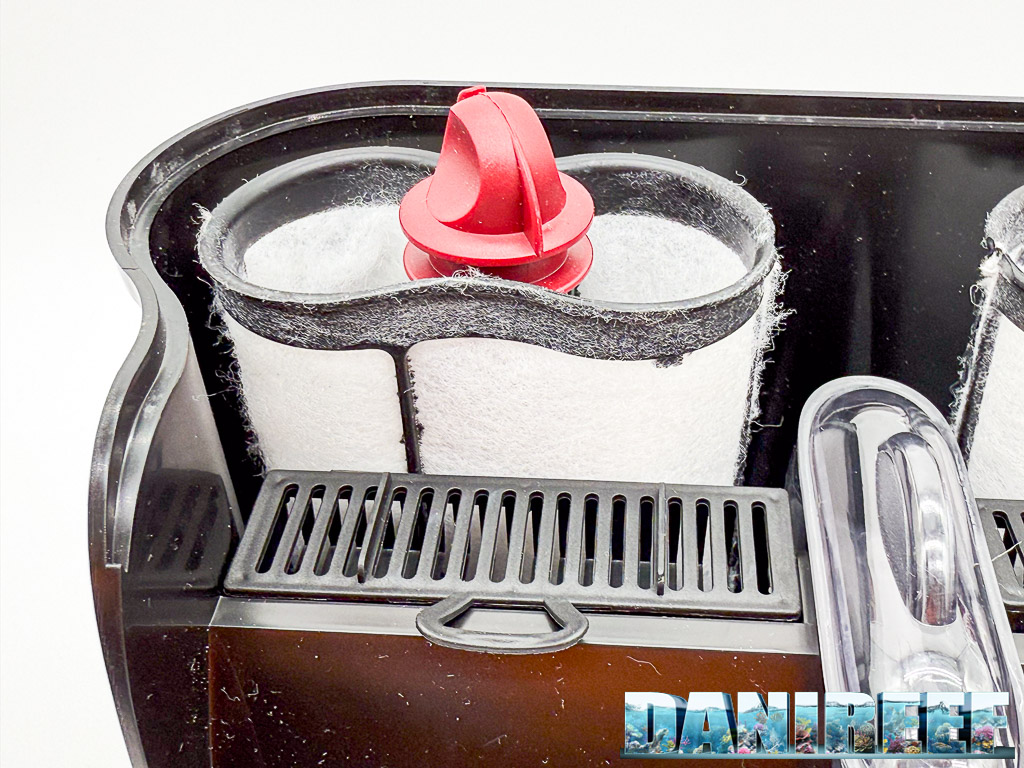
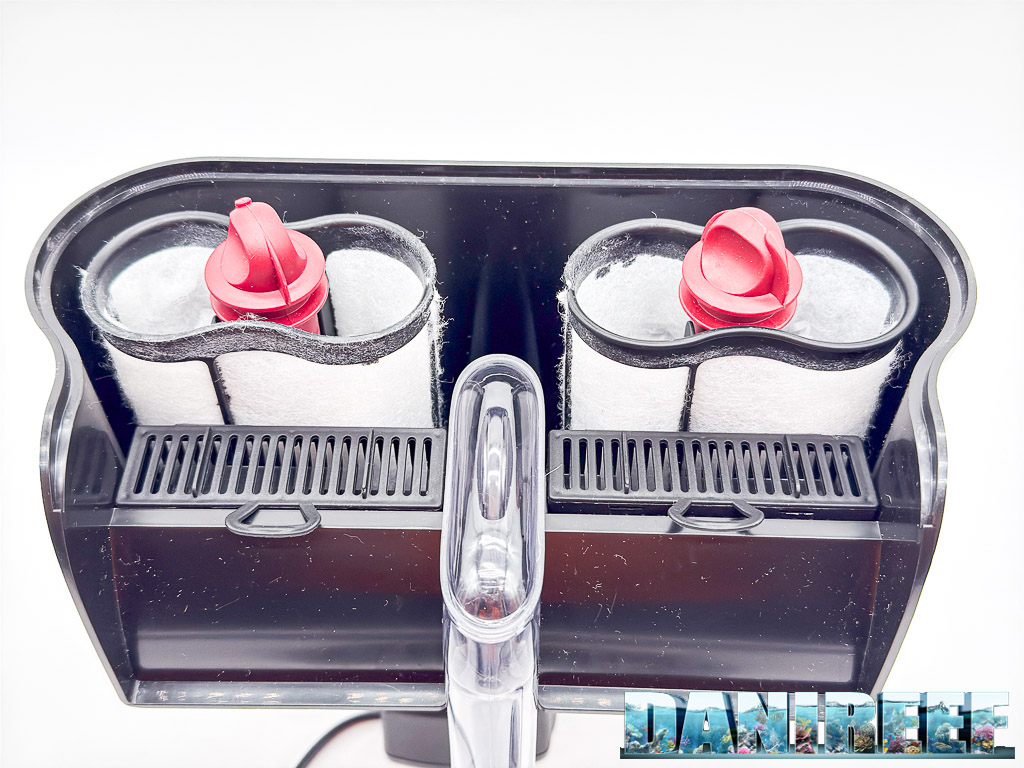
Noise and Maintenance
Most of the noise depends on the filter’s design. The waterfall noise can be adjusted based on the flow rate setting. However, it’s best to set the filter according to the needs of your aquarium rather than noise level. A slight noise may occur if the aquarium water level drops too low; keeping the water level high minimizes this effect. Overall, this is a fairly quiet filter.
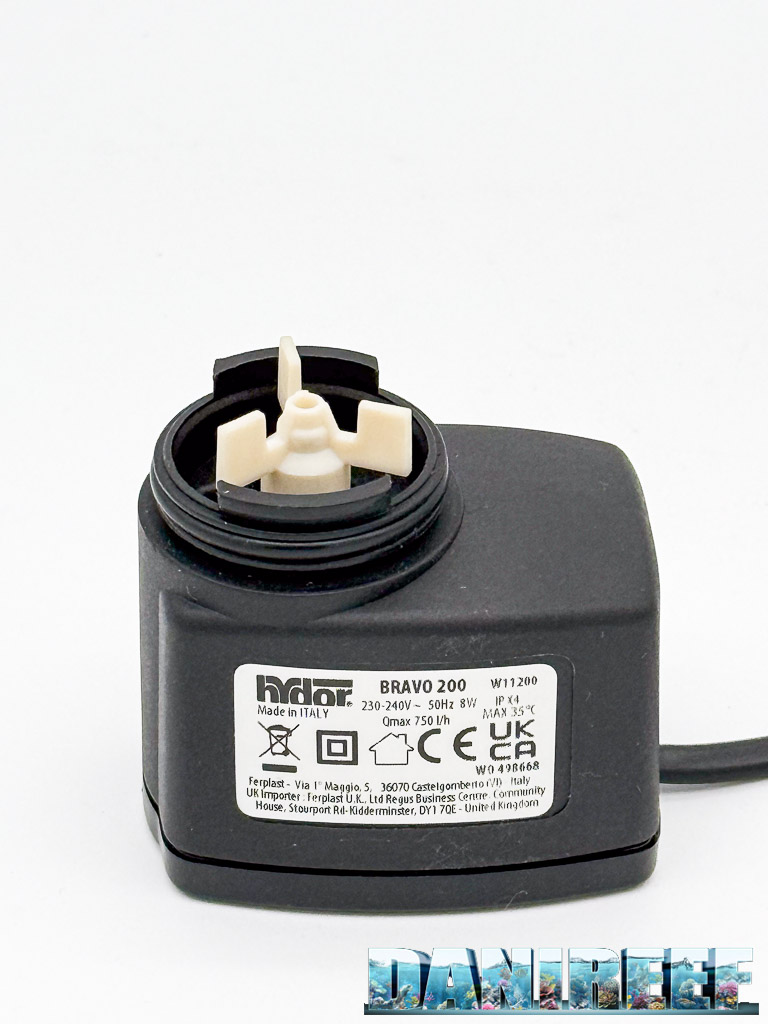
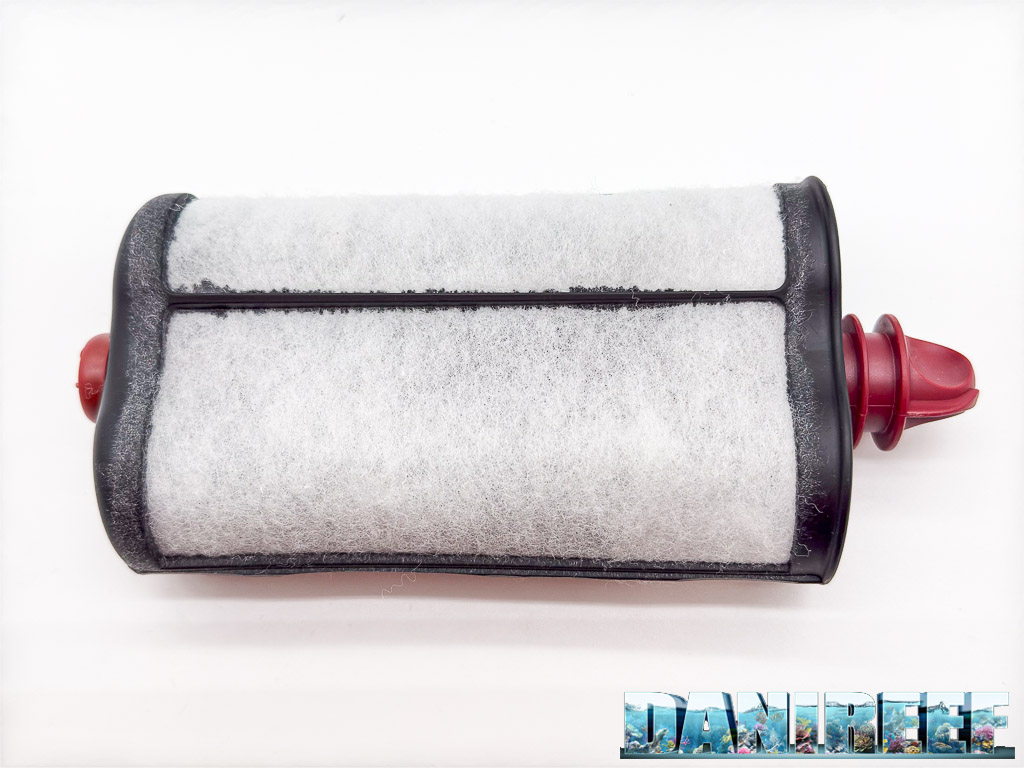
Maintenance is straightforward. As shown in the images and in our video, the two filter cartridges are easy to remove, allowing for quick replacement or cleaning. You can shake out the media bags inside and clean the perlon wool for mechanical filtration.
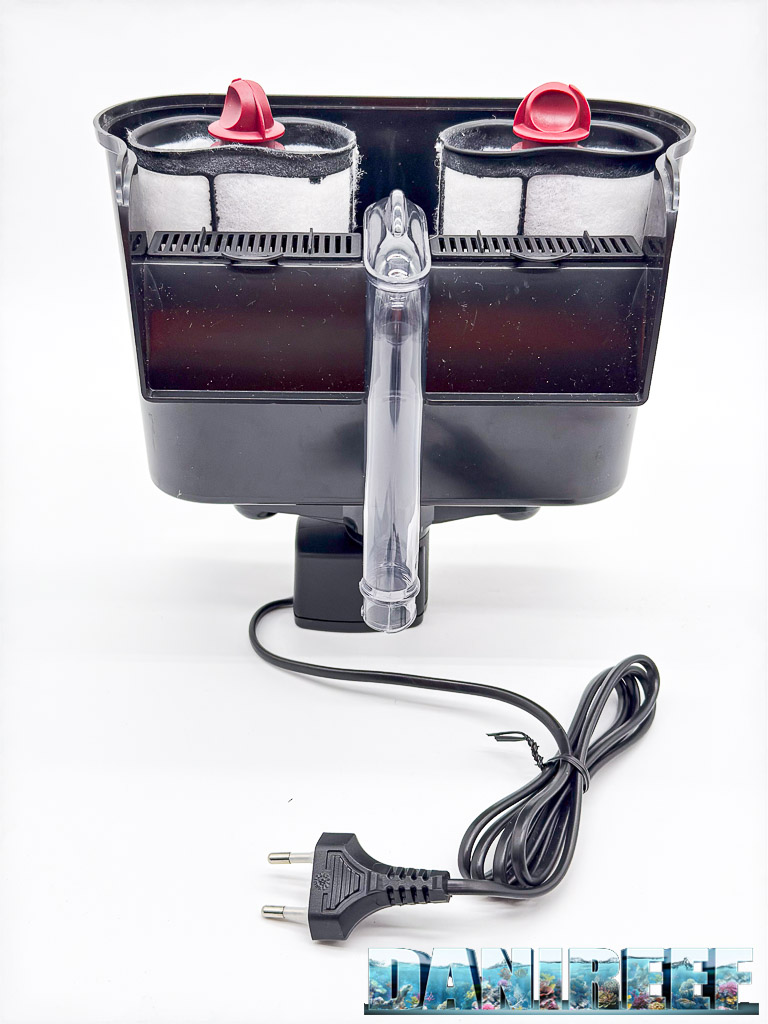
The Bravo 300 allows for two different flow rates in its dual 500 ml filters, so you can adjust the flow to suit the media used.
Marine Aquarium Use?
The Bravo filter could also be used in marine tanks, particularly to increase oxygenation by placing the filter directly in the tank, especially in setups without a sump. This would boost oxygenation through the waterfall effect and provide additional filtration volume, especially for activated carbon.
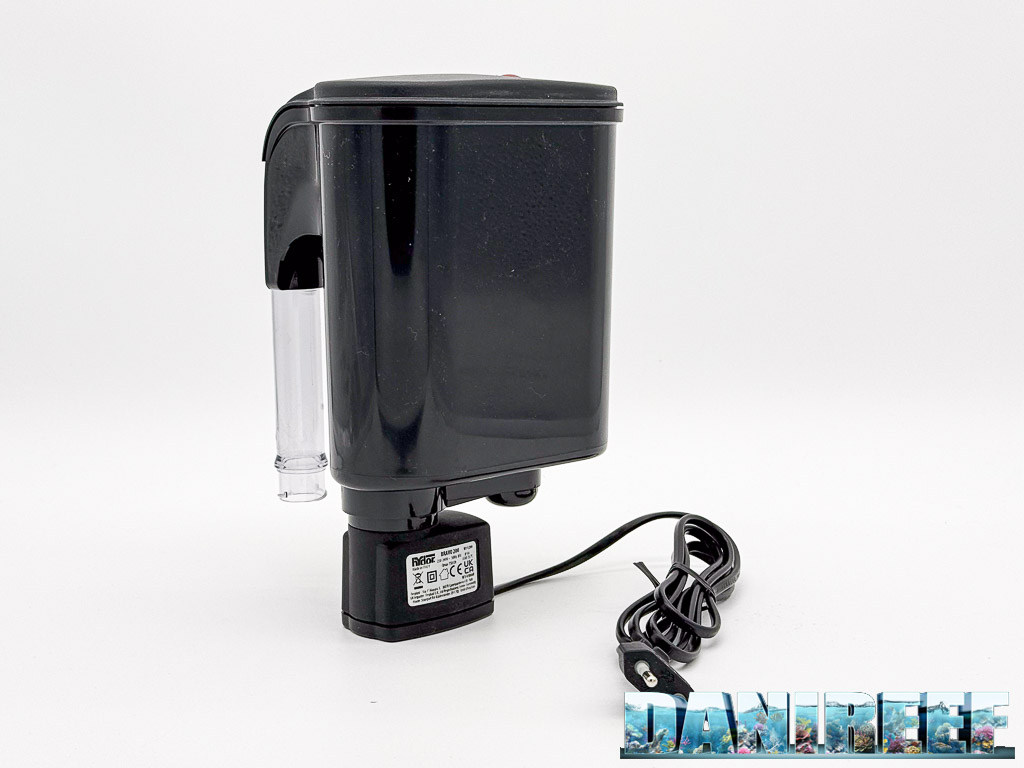
Using it in a sump, however, may be less beneficial, as marine tanks with an overflow system generally have adequate oxygenation from water falling from the main tank.
Hanging Filter Bravo: Our Final Thoughts
The Hydor Bravo is technically well-designed for small or medium aquariums, with modular filtration that can be customized to fit your needs. Primarily built for freshwater use, it could also find niche applications in marine tanks.
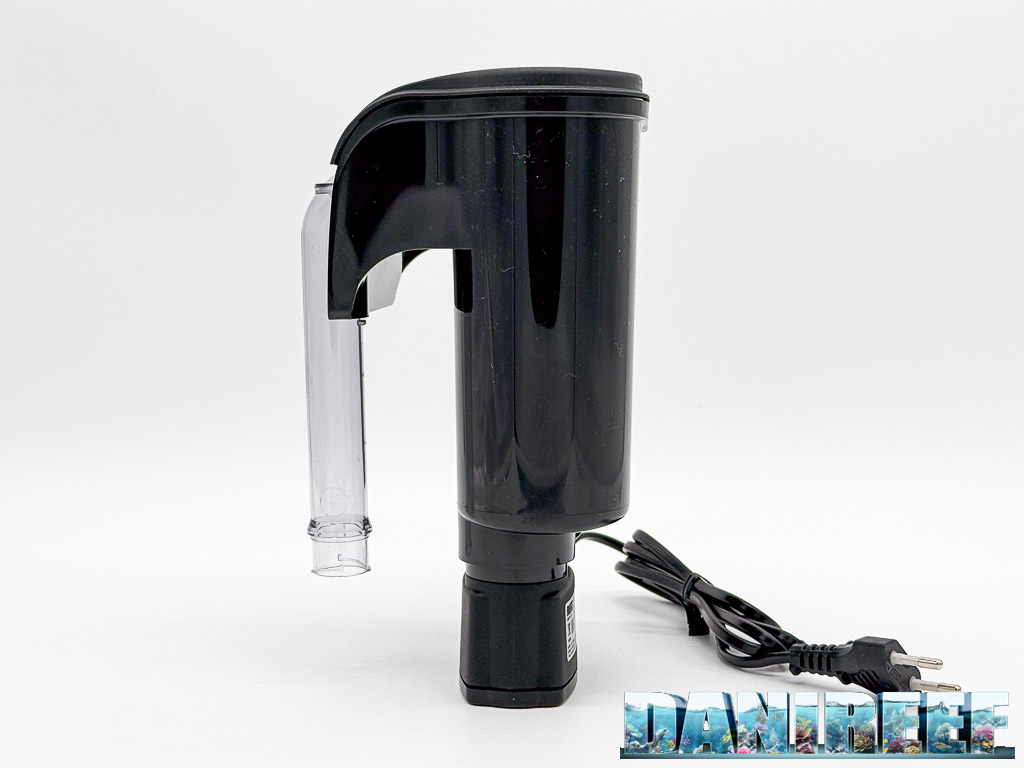
It is suitable for aquariums with glass thicknesses up to 12 cm. Its strength lies in its modularity and competitive price, making it an ideal choice for any aquarium setup.
PRO
![]() Very easy maintenance;
Very easy maintenance;![]() Versatile;
Versatile; ![]() Quickly expands the filtering capacity of any aquarium;
Quickly expands the filtering capacity of any aquarium;![]() Affordable;
Affordable;
CONTRO
![]() None noted;
None noted;
Bravo 200 and 300 Filters – summary table
If you have questions or want more information, remember you can leave a comment under the article or find us on Telegram, Instagram, Facebook, X and YouTube. Follow us to keep up with all our news, articles, reviews, and reports, and join our forum if you need help.
Disclaimer: Special thanks to Hydor for providing the two Bravo 200 and Bravo 300 filters.








